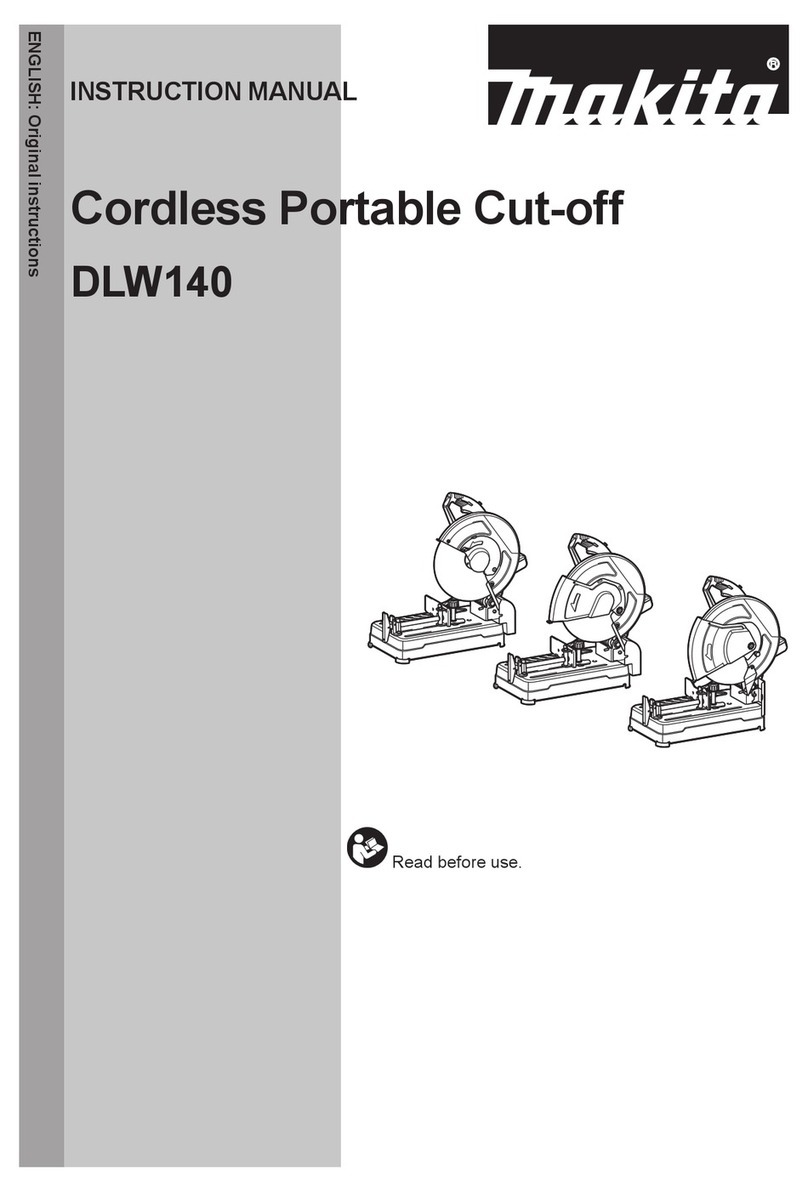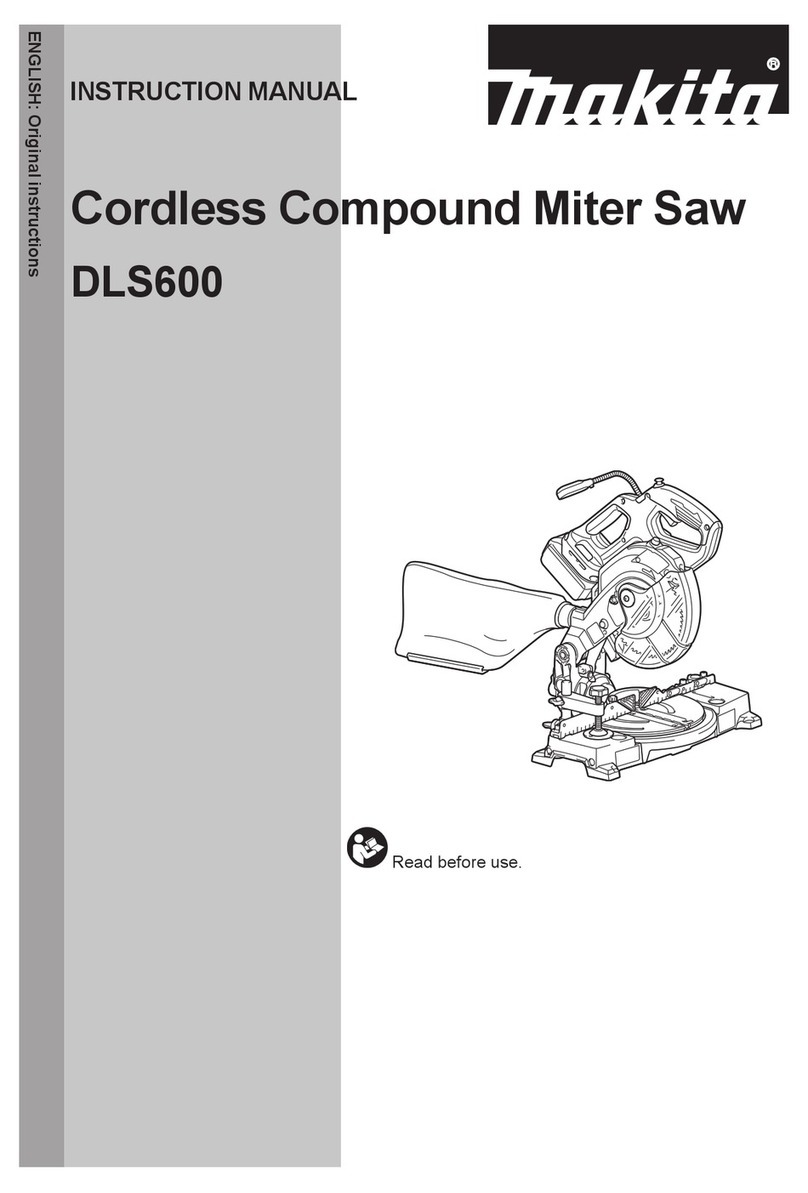Makita LS1214 User manual
Other Makita Saw manuals

Makita
Makita 5008NB Operating and maintenance manual

Makita
Makita LS0815F User manual
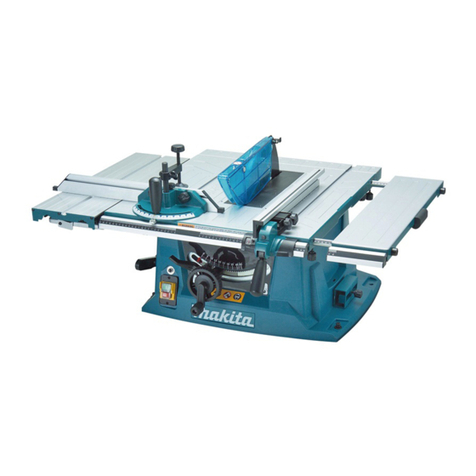
Makita
Makita MLT100 User manual
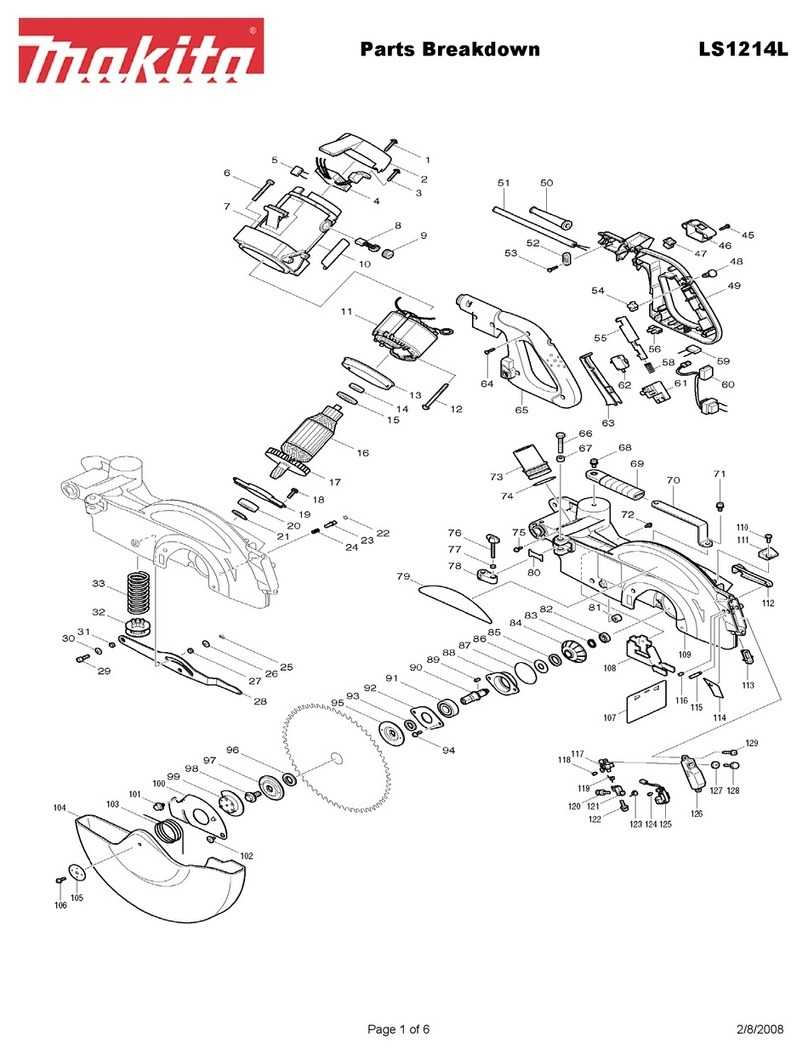
Makita
Makita LS1214L Quick start guide
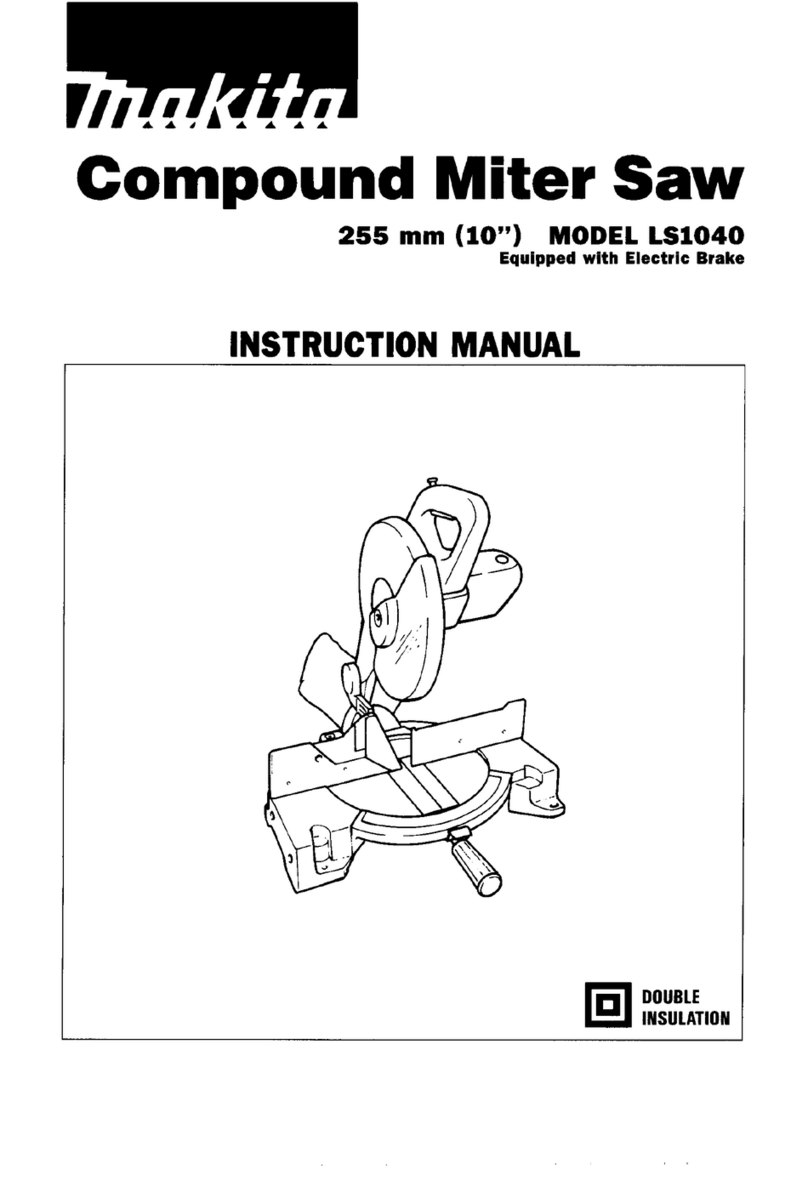
Makita
Makita LS1040 User manual
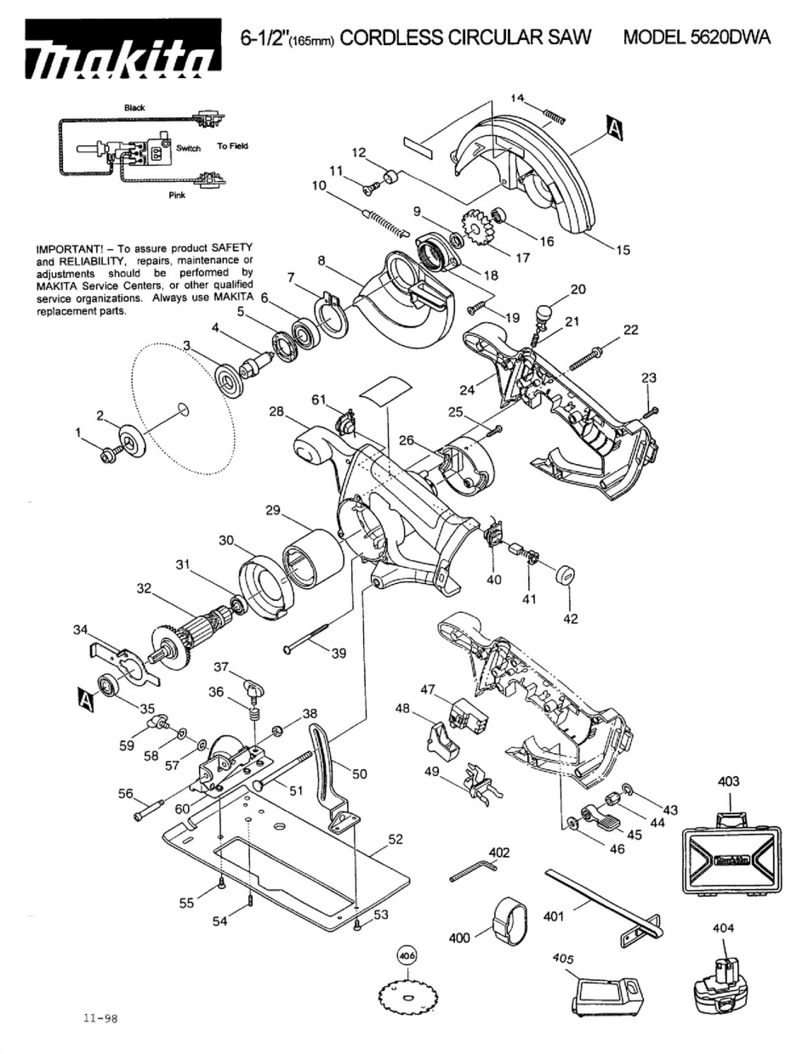
Makita
Makita 5620DWA Quick start guide

Makita
Makita LS1016L User manual
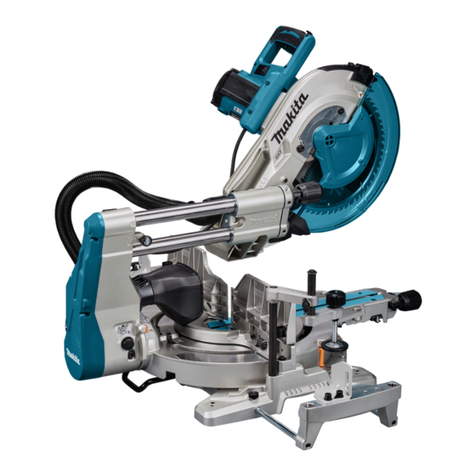
Makita
Makita LS1219 User manual
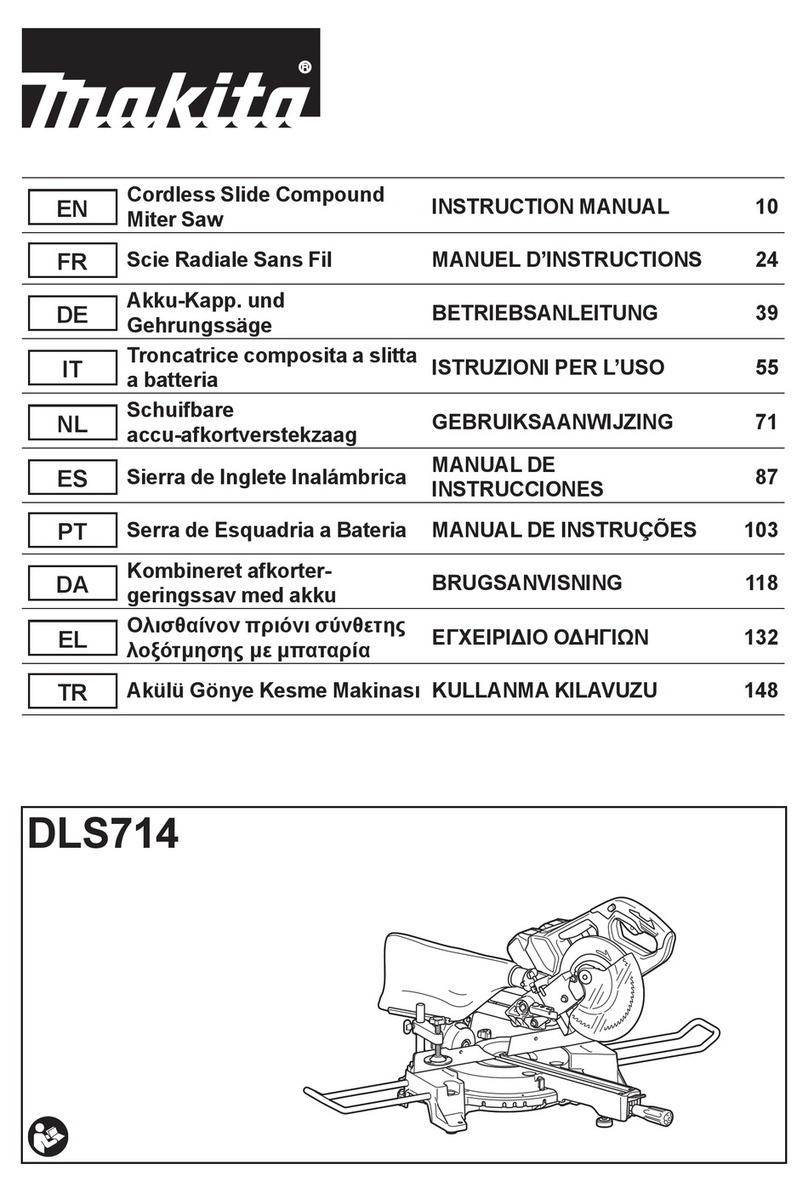
Makita
Makita DLS714 User manual

Makita
Makita DUA301 User manual

Makita
Makita 5008MG User manual

Makita
Makita sg150 User manual
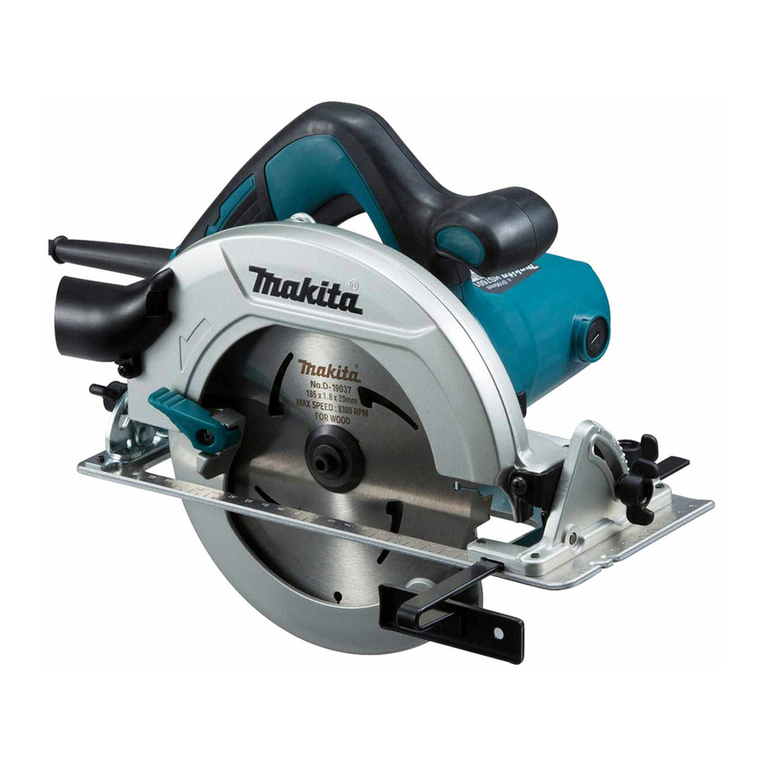
Makita
Makita HS7601 User manual

Makita
Makita 5104 User manual
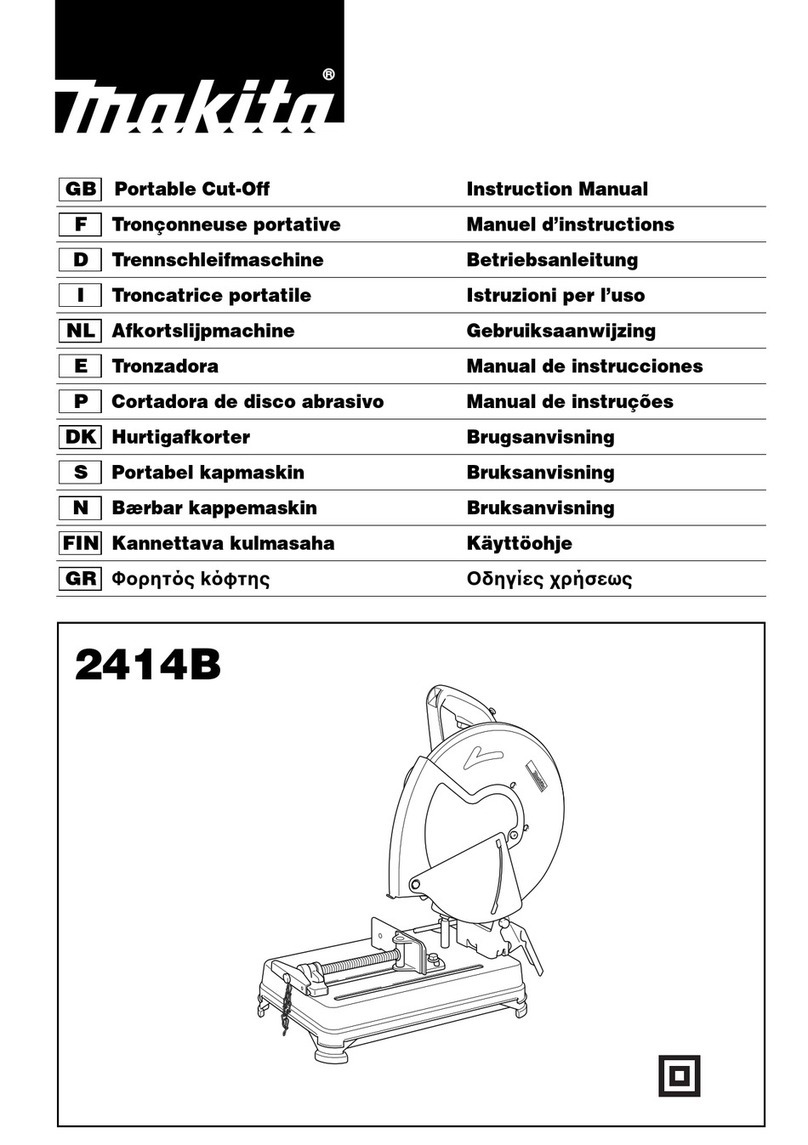
Makita
Makita 2414B User manual
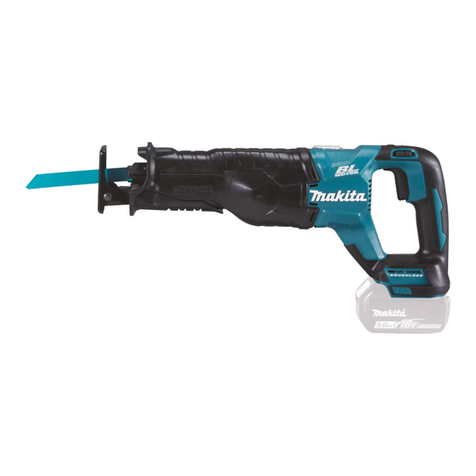
Makita
Makita DJR187 User manual
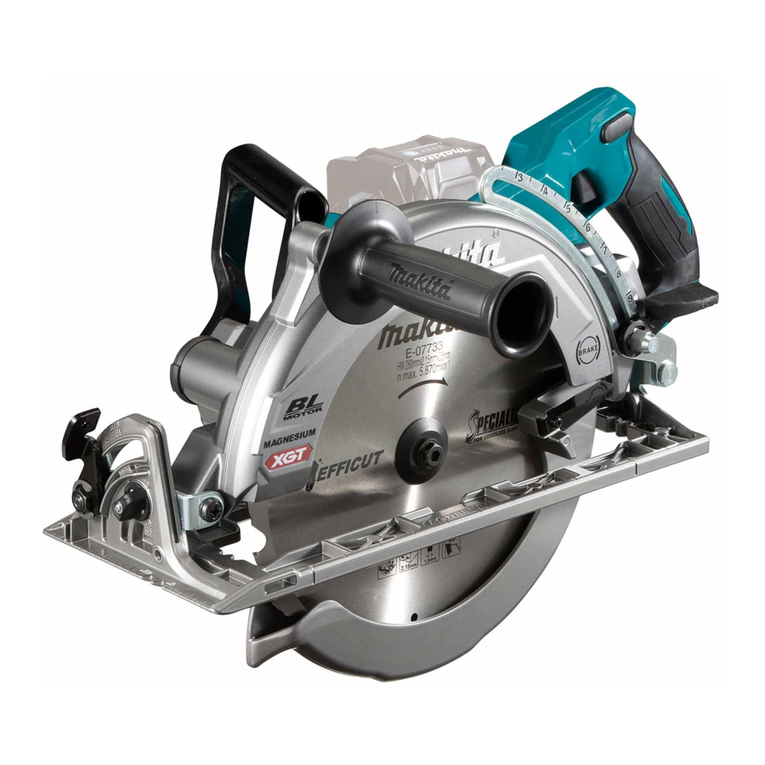
Makita
Makita RS002G User manual
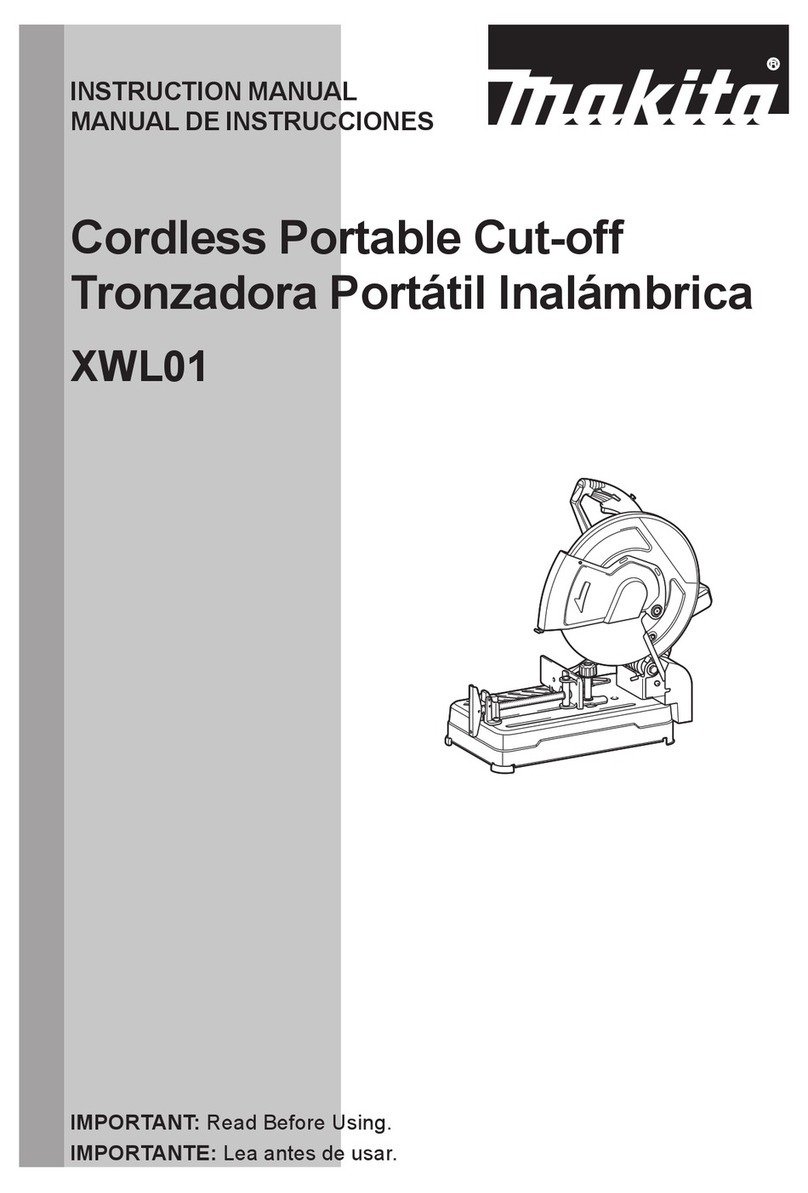
Makita
Makita XWL01 User manual
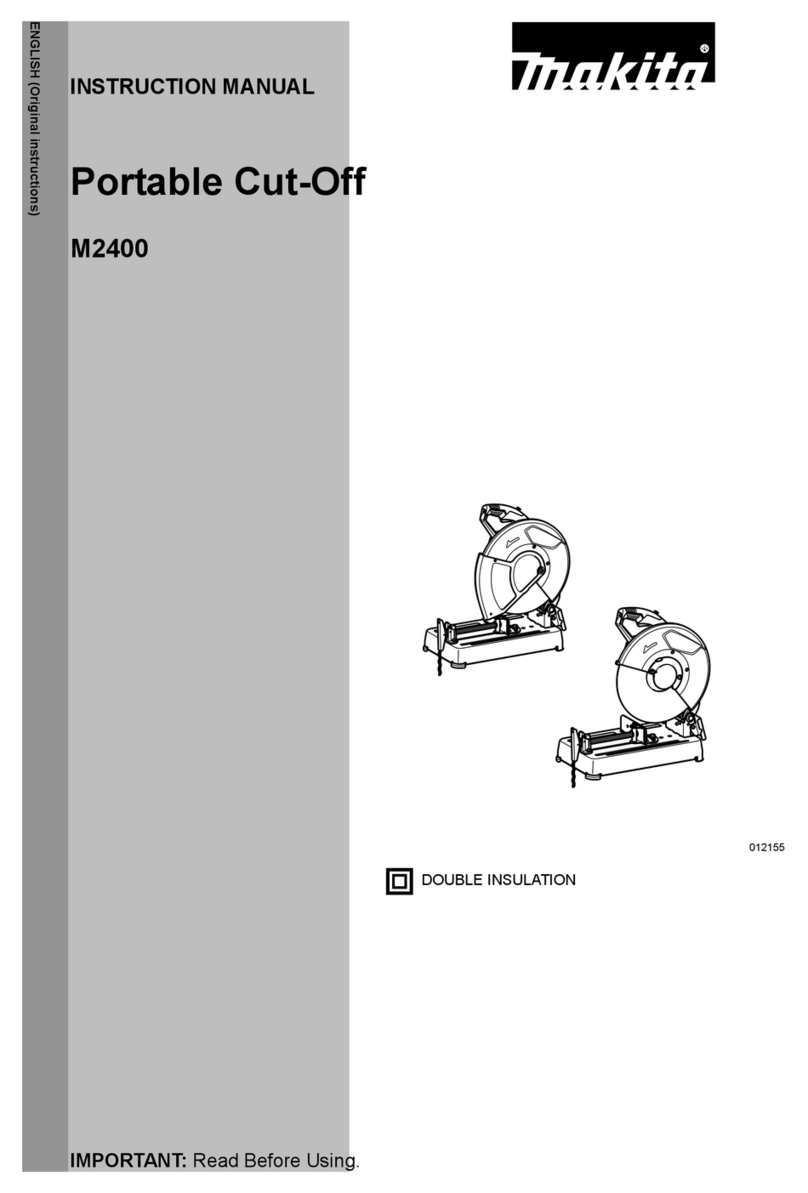
Makita
Makita M2400 User manual
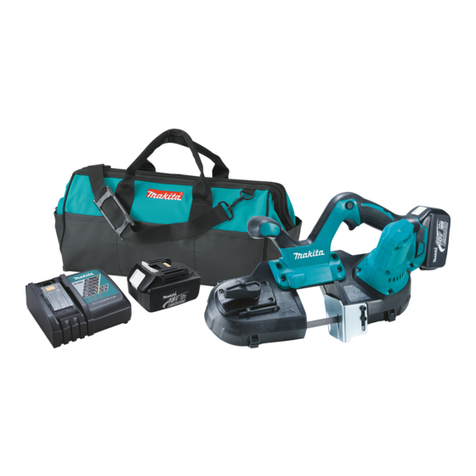
Makita
Makita XBP01 User manual

